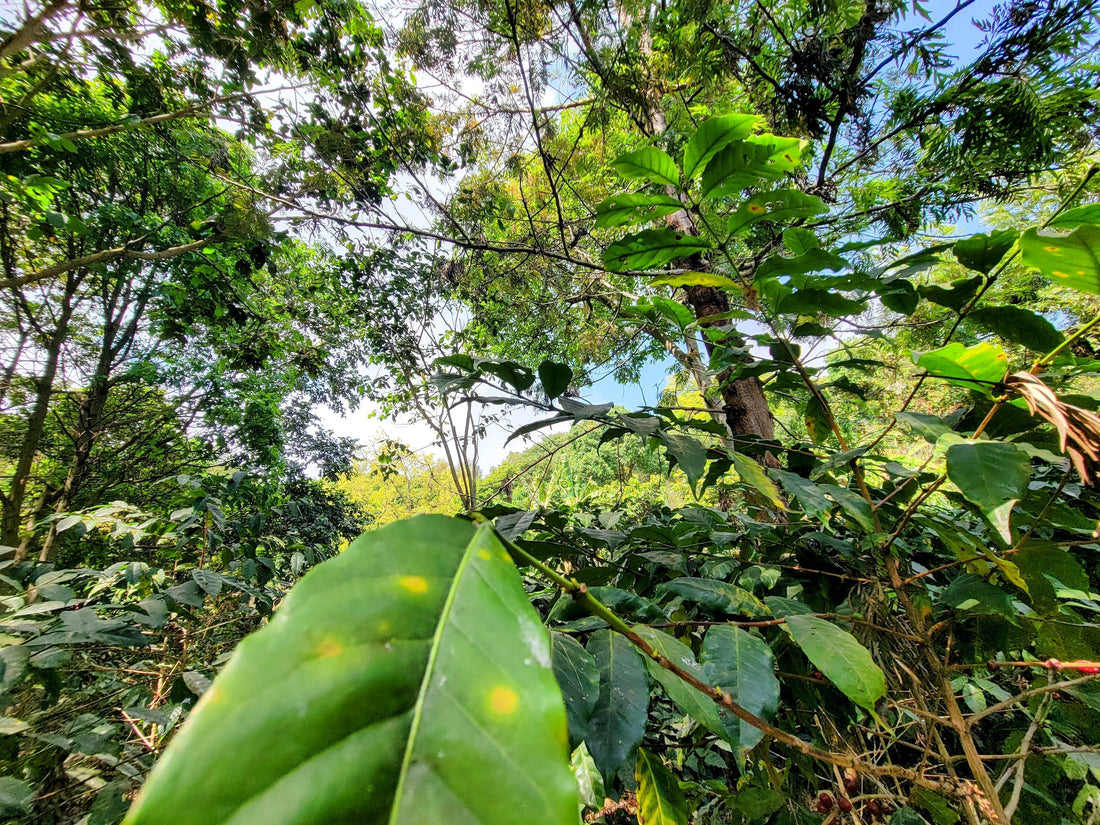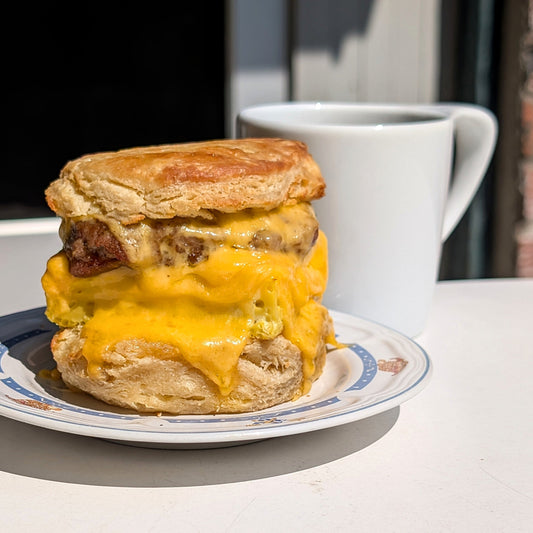What is "Shade Grown" coffee and why does it matter?

Shade, Soil, and Sustainability: What Does Agroforestry Have to Do With Coffee?
At its core, agroforestry is about growing crops like coffee within a diverse, tree-filled landscape. Think layers of shade trees, fruit trees, legumes, and sometimes even timber species planted alongside coffee. It’s not just about what you grow, but how you grow it. Agroforestry helps promote a whole ecosystem and avoids the pitfalls of monocrop agriculture. Monocropping can more easily lead to crop blight, artificial pesticides, low yields, and many more.
For coffee, this matters a lot. Coffee thrives in the understory. It evolved to grow under a canopy, not in uncovered fields. When farmers integrate trees into their coffee farms, they’re creating a more natural habitat for the plants, and a more resilient system.
More trees mean more life. Birds, insects, and other natives all contribute to a balanced ecosystem. This biodiversity can also reduce pest pressures and help farmers avoid chemical inputs.
Each place does it a little differently, depending on the local ecology and the farmer’s goals. Some grow coffee under native forest cover, others plant rows of banana or guava trees to cast shade and provide food for the family. Some harvest wood sustainably for fuel. Others use some of their plants to create compost. It’s never one size fits all.
At Farmers Union, we’re drawn to coffees that come out of these kinds of systems. Not just because they’re better for the planet, but because they tend to taste better too. Healthy soil and healthy plants make for sweeter, more complex coffees. At least that's our opinion.
Agroforestry isn’t the only answer but it’s a solid real step in the right direction. And when we support farmers who work this way, we’re investing in something deeper. We’re investing in the future of coffee.
Any questions? Let us know and we will gladly talk more!


 Group Cuppings
Group Cuppings